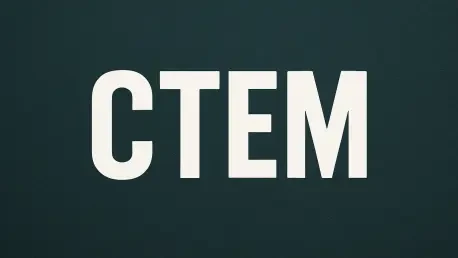
For years, a familiar voice on the phone was as good as a signature – executives, partners, and customers could be recognized by tone alone. But the ground has shifted. AI can now clone voices from just a few seconds of audio , making impostors sound nearly identical to people you know. Generative

Quarterly vulnerability scans no longer reflect the reality of enterprise risk. They measure activity, not actual reduction of exposure. That’s why continuous threat exposure management (CTEM) is gaining traction: It reframes security programs around what matters most to executives—measurable

AI-driven security tools bring speed and scale by scanning logs, hunting threats, and automating patches—but they also redefine where and how failures happen. If an AI model misses a zero-day or wrongly flags legitimate traffic, the error can ripple across the enterprise at machine speed. When

People often talk about access as the ultimate enabler. The modern enterprise prides itself on openness—shared credentials, seamless collaboration, federated identities, and zero-trust access frameworks designed to keep things fluid. But in the race to democratize access, you’ve lost sight of

Today, organizations are exposed to an increasing rate of cybersecurity attacks, intricate infiltration efforts designed by criminal networks, and militant activities by state-sponsored threat agents. However, it is not the time to be reactive. Instead, companies should tighten their cybersecurity

AI-driven cybersecurity is the new frontline. As threat vectors diversify and digital estates balloon in complexity, security leaders are being asked to do the impossible: respond faster, scale broader, and predict threats before they happen. And automation, powered by artificial intelligence,
1 2 3 4 5 6 7 8 9 10 11 12 13 14 15 16 17 18 19 20 21 22 23 24 25 26 27 28 29